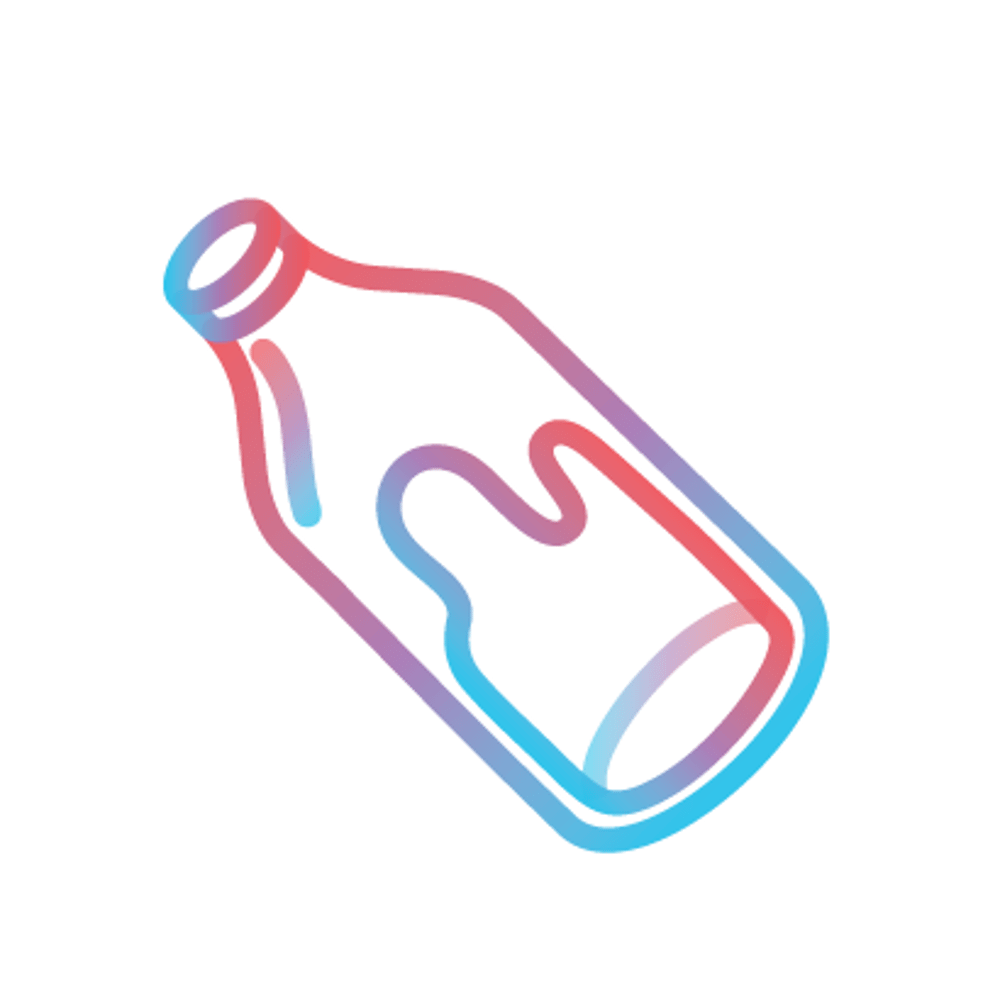The Costs to Manufacture a Product?
Decoding Production Costs: A Comprehensive Guide to Budgeting for New Products.
Introduction
Manufacturing a new product involves a myriad of costs, from the purchase of raw materials to the wages of laborers. Understanding these costs is crucial for any business aiming to launch a product successfully. This guide aims to decode the complexities of production costs, offering a comprehensive view on budgeting effectively for new products. By the end, you'll have a clearer picture of how to navigate these financial waters, ensuring your product not only makes it to market but does so in a financially sustainable way.


Understanding Manufacturing Costs
Manufacturing costs are the expenses directly related to producing a product. These can be broadly categorized into direct and indirect costs.
- Direct costs include raw materials and labor — the expenses that can be directly attributed to the production of a product.
- Indirect costs, or overhead, refer to expenses not tied to a specific product but necessary for the operation, such as utility bills or rent for the manufacturing facility.
Direct Costs Breakdown

Raw Materials
Raw material costs vary with market trends, order size, and quality. Bulk buying reduces costs but needs more capital and storage. Material choice affects both budget and product quality.
Components Sourcing
Component sourcing is key to managing costs, quality, and supply reliability. It involves choosing suppliers, impacting budget and lead times, and can save costs while ensuring quality.
Labor Costs
Labor costs depend on skill, location, and efficiency. Outsourcing may lower costs but risk quality and communication, while in-house production offers control at a higher price.
Feedback Loops and Continuous Validation
Feedback loops and validation are ongoing investments in quality and improvement, affecting costs by enhancing efficiencies or requiring further iterations.
Funding &
Investment
Funding and investment are essential for development phases, affecting cost scope and scale. They ensure resources are available for development, production, and launch goals.
Product Packaging, Logistics & Fullfilment
The costs of packaging, shipping, and logistics are direct costs associated with getting the final product to the market and into the hands of customers.
Indirect Costs and Their Impact

Equipment, Tooling & Manufacturer
Buying equipment saves long-term, leasing offers flexibility. Hiring a manufacturer and tooling setup are crucial for growth and quality.
EVT, DVT & PVT
EVT, DVT, and PVT stages validate product standards before mass production, incurring essential costs for quality and market readiness.
Certification & NRE
Certifications and NRE costs are essential indirect expenses for starting production, not tied to unit costs but crucial for manufacturing readiness.
Hidden Costs in Manufacturing
Unexpected expenses such as design revisions, compliance testing, and quality control can inflate the budget. It's crucial to allocate a contingency fund within the budget to cover these potential overruns and ensure that the project remains financially viable.

Calculating Total Manufacturing Cost
To calculate the total manufacturing cost, sum up all direct and indirect costs associated with the production process. This comprehensive cost analysis is essential for setting a product price that covers costs while ensuring a profit margin. Regularly reviewing and adjusting the budget in response to actual expenses helps in maintaining financial health.
Depending on product complexity and amount of units to be produced the cost can vary between 50.000 euros up to or more than 150.000 euros.
Strategies to Reduce Manufacturing Costs
Reducing manufacturing costs without compromising quality requires a strategic approach. Adopting lean manufacturing principles, optimizing production processes, and investing in technology can lead to significant savings. Negotiating better terms with suppliers and considering alternative materials can also reduce costs.


Case Studies: Successes and Lessons Learned
Analyzing real-world examples provides valuable insights into effective cost management. For instance, a company may achieve substantial cost reductions by redesigning a product for more efficient manufacturing or by switching to a just-in-time inventory system to reduce storage costs.
Conclusion: Key Takeaways
Understanding and effectively managing manufacturing costs is pivotal for the successful launch and sustainability of a new product. By applying the principles and strategies outlined in this guide, businesses can improve their financial outlook, ensuring their product not only reaches the market but does so with a competitive edge.
Other articles that may interest you

Comfortable office
Attempt to maintain a similar content volume for each element in the grid, ensuring a visually appealing layout.

Positive culture
Attempt to maintain a similar content volume for each element in the grid, ensuring a visually appealing layout.

Best equipment
Attempt to maintain a similar content volume for each element in the grid, ensuring a visually appealing layout.


